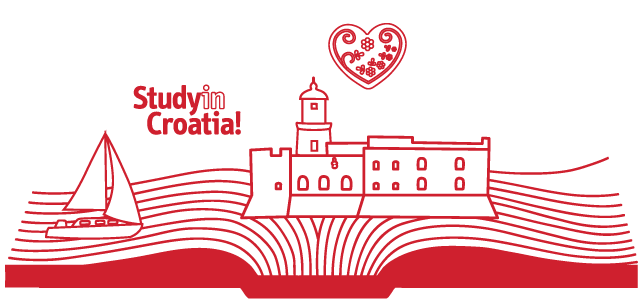Croatia is one of the ecologically best-preserved parts of Europe. It is a land where the warm Mediterranean blends with the freshness of mountains and the golden plains of Pannonia. Croatia is a rare European landscape which boasts as many as eight national parks in so small an area.
Croatia can be classified as a Pannonian-Adriatic country due to its south-eastern European and Mediterranean position.
The surface area of Croatia totals 87,667 square kilometres, which is made up of 56,538 square kilometres of mainland (65%) and a coastline - both internal and territorial seas - of 31,139 square kilometres (35%).
The Croatian coast is located between the Dinaric Alps to the east and the Adriatic Sea to the west and has 1,100 miles (1,800 km) of coastline. One of the striking characteristics of the Croatian coast is that it has a total of 1,244 islands, islets, rocks and reefs.
The Adriatic Sea is a part of the Mediterranean Sea. It is positioned between the eastern coastline of Italy and the coastline of countries of the Balkan Peninsula (Slovenia, Croatia, Bosnia and Herzegovina, Montenegro and Albania).
The clarity and transparency of the open sea reaches depths of 56 m whilst on the shore it is 5 m deep. The depth of the sea in the north (along the Istrian coast) is the shallowest at about 50 m, whilst at Palagruža (in the south) it reaches up to 250 m and around the most distant island of Jabuka it even reaches 1,300 m in depth. The average temperature of the sea surface in the summer months is between 22-27°C, whilst it is at its lowest in winter at around 7°C and in spring, it is a comfortable 18°C.
Croatia’s eight national parks cover 7.5% of the country or 994 km² (759 km² of which is land and 235 km² is water). The parks contain an outstanding variety of geological and natural phenomena and they are home to various animal species. Aside from national parks, Croatia has eleven nature parks and two arboretums. Altogether, Croatia is home to as many as 4,300 plants and as many animal species.
The list of all preserved areas – nature parks and arboretums – can be fund at the website of the Croatian National Tourist Board.
The Croatian climate is mainly continental but at higher altitudes there is also a mountainous climate. In the coastal regions, slightly south of the island Rab, the climate is classified as Mediterranean. The northern Adriatic (Istria, Kvarner mainland and the islands) has a moderately continental climate, excluding the interior parts of the region.
Croatia's coast and islands, from Istria and Kvarner in the north through to Dalmatia in the south are governed by a Mediterranean climate, although it is usually several degrees cooler in the northern Adriatic than in the south. In the summer, the mean temperature is between 24°C and 26°C along the coast. Yet the Istrian interior is somewhat cooler at 22°C. In winter, the coast has a mean temperature of 2°C in the north and 9°C in the south.
As a rule, summer is the driest season along the coast and winter is the rainiest season, with twice the amount of precipitation as the summer. Croatia's islands can be very dry (especially the islands furthest from the mainland) which sometimes leads to devastating fires. For example, the island of Vis averages only 557 mm of rainfall per year while the island of Brač averages 952 mm. Dubrovnik is one of the rainiest parts of the coast from October to December. Snow is a rare occurrence anywhere along the coast.
The sunniest island in Croatia is Hvar, with over 2,700 hours of sun per year. Split, Vela Luka (on the island of Korčula) and Dubrovnik are the next sunniest spots in Dalmatia.
Source: Meteorological and Hydrological Institute of Croatia
